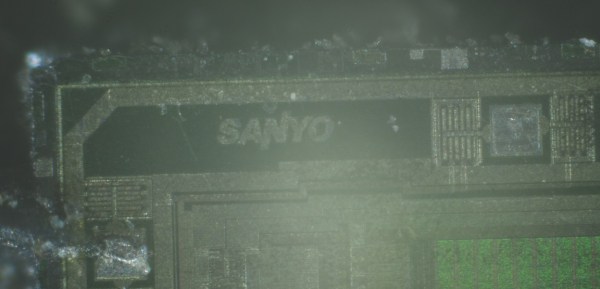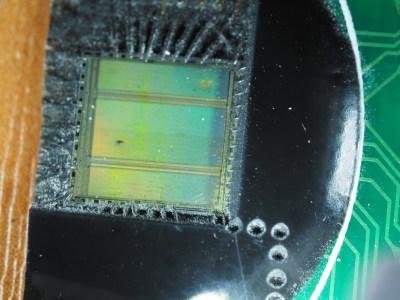The Best Product competition within the 2015 Hackaday Prize highlights the work it takes for any hardware developer or startup to move from prototype to a manufacturable product. To compete, each entry had to go well beyond the standard requirements of the Hackaday Prize with more in-depth documentation, and by shipping three working beta units to Hackaday for judging.
The 10 Finalists featured below are all exceptional and will compete for the next four weeks to be named The Best Product. In addition to the top spot, they will secure a $100,000 cash prize, a six month residency in the Supplyframe Design Lab in Pasadena, California, and help with making connections needed to move their product forward. This is the perfect contest for product engineers, hardware startups, or anyone else who can design the next great thing.
We spent last week judging all the entries for the Best Product contest, and the results are in. Who are the winners? Which products are moving on to the next round of judging? See the full details of all Best Product finalists or browse a summary of each below, presented in no particular order whatsoever.



 In 2013,
In 2013, 


 The lack of traces between the two pushed [Jamie’s] curiosity past the tipping point. He didn’t have access to any nitric acid which is used in the customary chemical decapping process. He did, however, have access to a laser cutter. It turns out that
The lack of traces between the two pushed [Jamie’s] curiosity past the tipping point. He didn’t have access to any nitric acid which is used in the customary chemical decapping process. He did, however, have access to a laser cutter. It turns out that 















